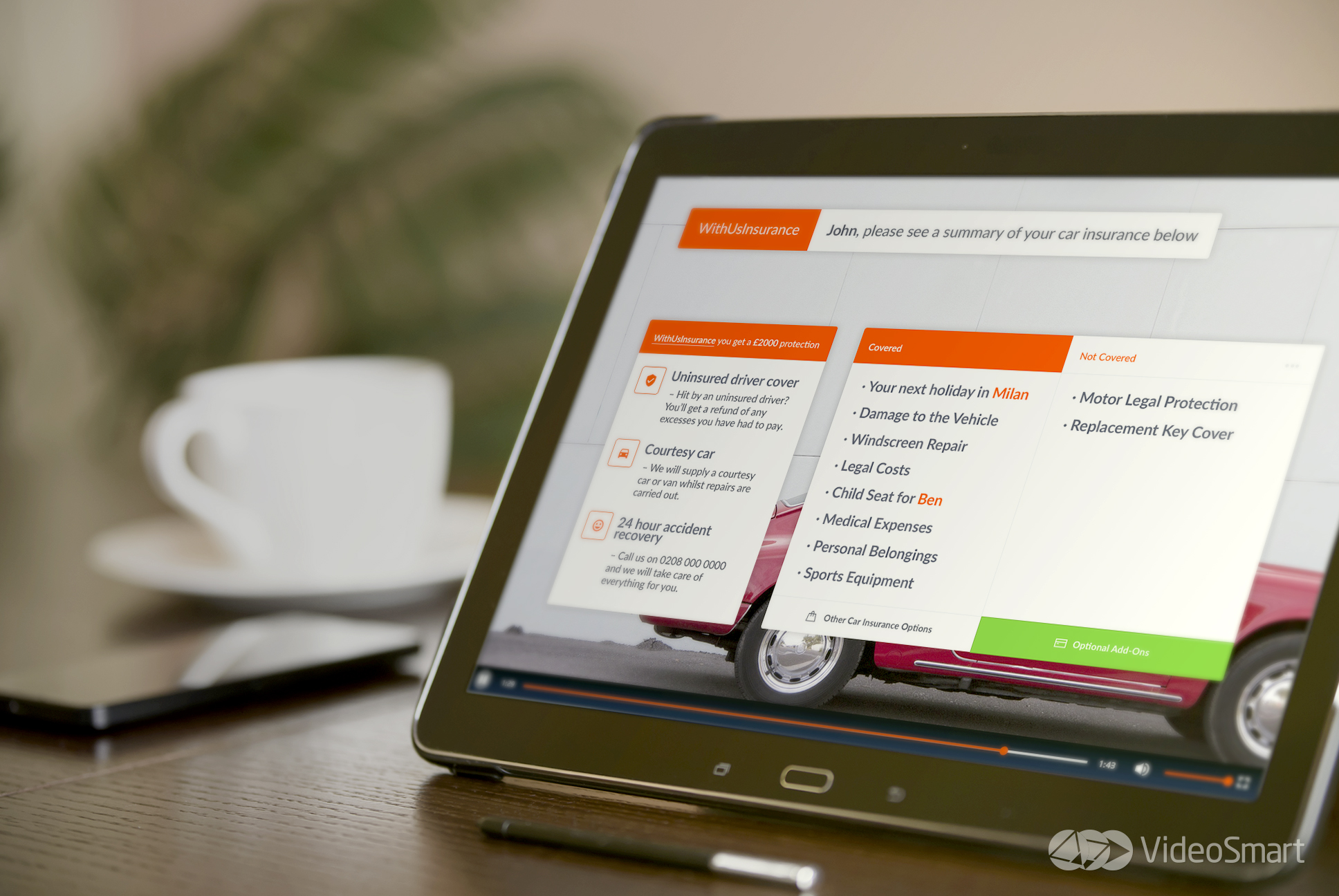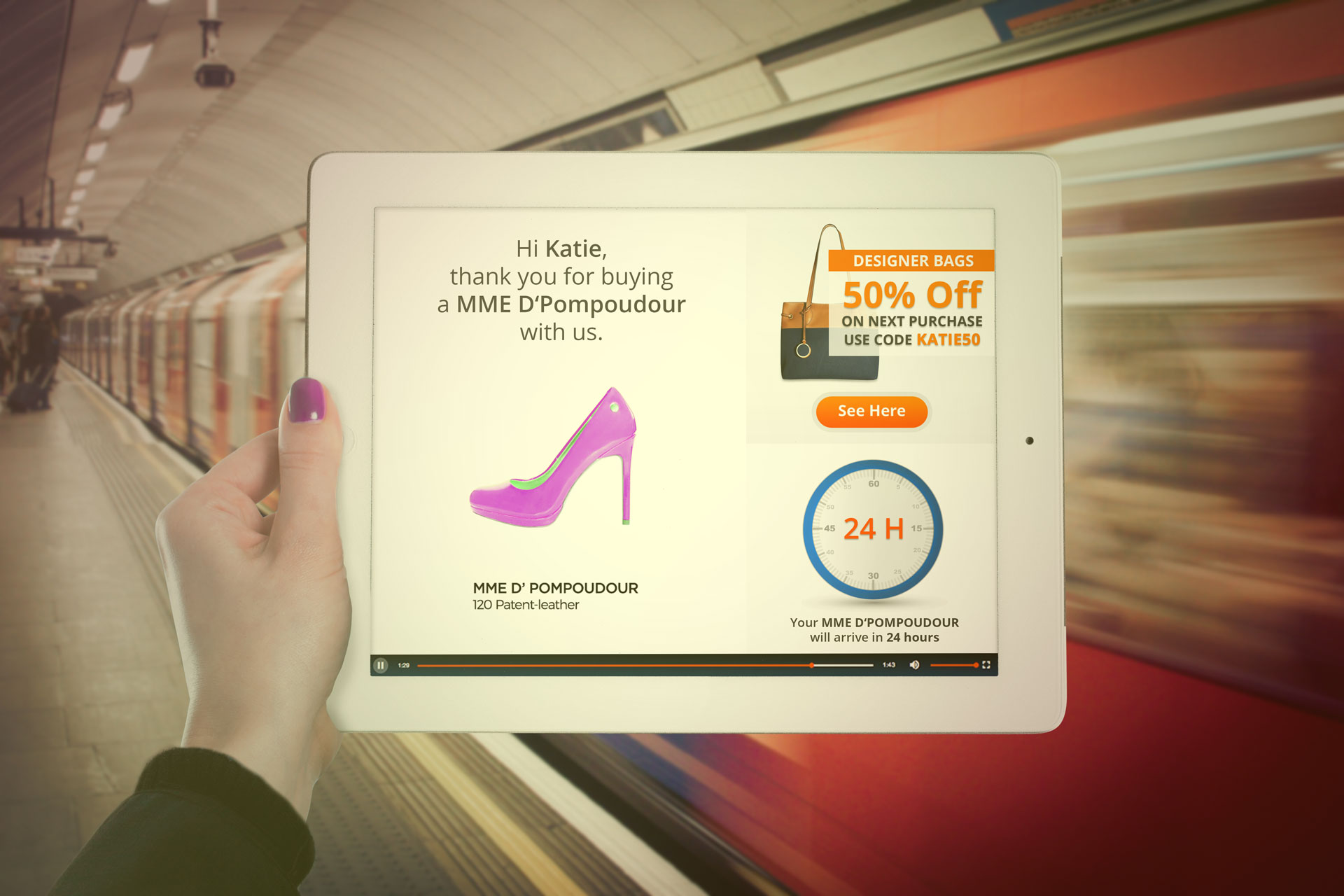Benefitting From Intelligent Personalisation


Personalisation is all around you.
It’s in your communications, in advertisements, and in the products you buy. And with good reason. According to Econsultancy (2017), 93% of companies see an uplift in conversion when applying personalisation.
Online retailer notonthehighstreet.com boosted its average order value by almost a third after introducing personalised recommendations and in 2017, businesses lost $756bn globally because of poor personalisation Accenture (2018).
In short, it improves the customer experience and entices increased spend.
Personalisation On A First-name Basis
However, when it comes to actually implementing personalisation, many brands still rely on basic tactics.
In reality, only 8% of consumers are encouraged to engage after seeing their first name. It may seem personal, but if the accompanying message is not relevant or via the wrong medium, it fails to deliver.
So, what are the principles for a successful personalisation strategy?
1. Choose The Right Channel
Video is dominating the marketing as it’s more accessible than ever. By 2019, video will account for 80% of all consumer Internet traffic.
Video is an easy-to-digest format that brings textual information to life. To prove it, the world watches 1 billion hours of YouTube social video per day.
2. Don’t Be Afraid To Use Data
Creating a video that takes a customer on a creative journey is nice. But unless the content is relevant to the consumer, your drop off rate is likely to be high. And that call-to-action at the end? Well, they’ll never reach it.
For VideoSmart, 90% of personalised videos are watched to completion. The reason is simple.
By combining the power of data with video, you can serve the most targeted content that speaks to the consumer on a personal level. Data mapping, a variety of clever codes and endless lines of logic transforms your standard generic video into a personalised gem.
3. Make It Secure
When it comes to customer data, security and confidentiality is key.
No consumer wants to feel that their data is being misused, so rigorous control measures and the correct accreditations should be at the forefront of your personalisation strategy.
4. Serve It Well
VideoSmart advises short and snappy personalised content, served via a simplistic and eye-catching e-mail or DM piece for maximum engagement.
What’s more, do not personalise for the sake of personalising: ensure all targeted messaging serves its purpose, adds value and means something to the end-user.
Most importantly, make it mobile optimised so that it can be viewed anywhere, anytime.
5. Include A Call-to-action (And Please, Just One)
So, you’ve got your customer to digest your content, but then what?
If you create a personalised video without a clear next step, you might as well have spent your budget on a company holiday.
End the video with an in-video clickable call-to-action that drives the recipient to the offer page, online portal or checkout and bingo, you’ve got them – right at the point of maximum engagement.
Personalised and interactive video makes you stand out in an increasingly digital world


